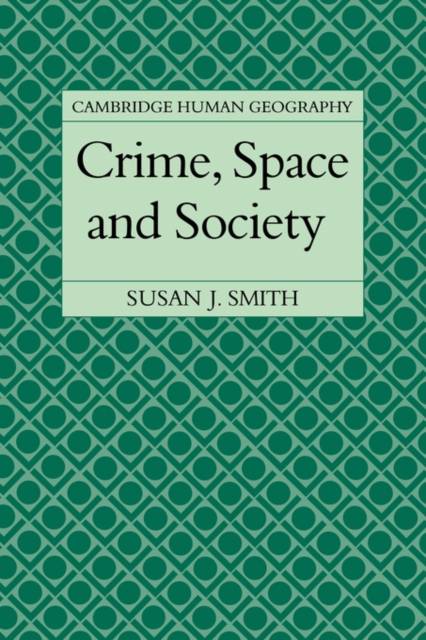
- Afhalen na 1 uur in een winkel met voorraad
- Gratis thuislevering in België vanaf € 30
- Ruim aanbod met 7 miljoen producten
- Afhalen na 1 uur in een winkel met voorraad
- Gratis thuislevering in België vanaf € 30
- Ruim aanbod met 7 miljoen producten
Zoeken
Omschrijving
This 1986 book offered the first detailed analysis of relationships between crime and social trends in Britain. It is innovative in focusing on the victims of crime, fear and anxiety, as well as on individual and institutional reactions to crime - an emphasis that complements the more usual focus of British geography and criminology on offenders, offences and the built environment. Ethnographic fieldwork is combined with local and national victim surveys to highlight the human consequences of crime and fear against their social, economic and political background. Smith shows that variations in the incidence, impact and social significance of crime reflect the differential distribution of power within cities and regions. In accounting for the relationships between crime, anxiety and the quality of life in urban neighbourhoods, the book makes an interesting contribution to social theory. Amongst a variety of policy-related issues, particular attention is paid to the role of the police in a multi-agency approach to crime prevention and the management of fear.
Specificaties
Betrokkenen
- Auteur(s):
- Uitgeverij:
Inhoud
- Aantal bladzijden:
- 244
- Taal:
- Engels
- Reeks:
Eigenschappen
- Productcode (EAN):
- 9780521319003
- Verschijningsdatum:
- 4/03/2010
- Uitvoering:
- Paperback
- Formaat:
- Trade paperback (VS)
- Afmetingen:
- 152 mm x 229 mm
- Gewicht:
- 362 g

Alleen bij Standaard Boekhandel
+ 121 punten op je klantenkaart van Standaard Boekhandel
Beoordelingen
We publiceren alleen reviews die voldoen aan de voorwaarden voor reviews. Bekijk onze voorwaarden voor reviews.











